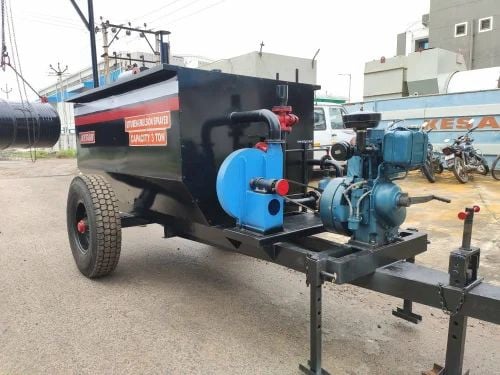Achieving the correct mixing temperature for Gilsonite and asphalt is crucial to ensure optimal performance, quality, and cost-efficiency in paving and construction applications. Here’s how to optimize the mixing process effectively.

What is Gilsonite and Why Mix It with Asphalt?
Gilsonite (Natural Asphalt) is a resinous hydrocarbon mineral widely used as an additive in asphalt mixtures. It improves strength, durability, and resistance to deformation, increasing the lifespan of pavements significantly.
Recommended Mixing Temperature Range for Gilsonite and Asphalt
To optimize the blending of Gilsonite and asphalt, adhere to the following temperature guidelines:
• Asphalt Binder Temperature: Typically between 160°C (320°F) and 180°C (356°F).
• Gilsonite Addition Temperature: Ideally around 165°C (329°F) to 175°C (347°F).
At these temperatures, Gilsonite fully melts and disperses uniformly within the asphalt binder, ensuring maximum performance benefits.
Factors Influencing Optimal Mixing Temperature
Several factors influence the ideal temperature for mixing Gilsonite and asphalt:
• Gilsonite Grade and Purity: Higher purity grades melt more uniformly at slightly lower temperatures.
• Desired Asphalt Properties: Higher Gilsonite percentages or improved viscosity might require slightly higher temperatures.
• Climate and Application Conditions: Hot climates often require mixes with higher temperature stability, influencing optimal mixing temperatures.
• Preheat Gilsonite: Preheating Gilsonite to approximately 120°C–150°C (248°F–302°F) helps ensure quick and thorough dispersion.
• Constant Agitation: Maintain constant stirring during mixing to prevent Gilsonite from settling or uneven distribution.
• Monitor Temperature Accurately: Use precise thermometers or digital probes for accurate control of the mixing process, ensuring consistent results.
Common Mistakes to Avoid
• Overheating: Avoid temperatures exceeding 190°C (374°F), as this can degrade Gilsonite, diminishing its beneficial properties.
• Underheating: Temperatures below 160°C (320°F) may lead to incomplete dispersion, affecting pavement performance negatively.
How mix Gilsonite with bitumen
Why Melt Gilsonite into Bitumen?
• Enhances durability and resistance to deformation.
• Improves bitumen viscosity and stiffness.
• Extends pavement life and reduces maintenance costs.
Step-by-Step Guide to Melt Gilsonite into Bitumen
Step 1: Preparation
• Gilsonite Form: Use powdered or granulated Gilsonite for faster melting and uniform dispersion.
• Preheat Bitumen: Heat bitumen to a temperature between 160°C (320°F) and 180°C (356°F) to ensure adequate viscosity for blending.
Step 2: Heating Gilsonite
• Optionally preheat Gilsonite separately at temperatures around 120°C to 150°C (248°F to 302°F) for improved melting efficiency.
Step 3: Adding Gilsonite to Bitumen
• Slowly add preheated or room-temperature Gilsonite directly into the hot bitumen.
• Recommended Gilsonite ratio is typically 5% to 15% by weight, depending on project specifications.
Step 4: Mixing
• Maintain constant stirring using mechanical agitators at approximately 170°C (338°F).
• Typical mixing time ranges from 30 to 60 minutes, depending on batch size and Gilsonite particle size.
Step 5: Temperature Control
• Keep the temperature consistently between 165°C (329°F) and 180°C (356°F) throughout the blending process.
• Avoid exceeding 190°C (374°F) to prevent degradation of Gilsonite properties.
Step 6: Quality Control
• Regularly test the blend for viscosity, penetration, and homogeneity.
• Ensure the Gilsonite is evenly dispersed without lumps or sediments.
Tips for Efficient Melting
• Use finely ground Gilsonite for quicker melting and uniform mixing.
• Employ high-shear mixers or agitation systems for optimal dispersion.
• Maintain precise temperature control to achieve the best results.
Common Issues and Solutions
• Issue: Lumps or incomplete dispersion.
• Solution: Increase mixing time or use finer Gilsonite particles.
• Issue: Bitumen degradation.
• Solution: Reduce temperature immediately and avoid overheating.